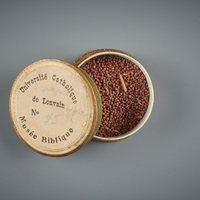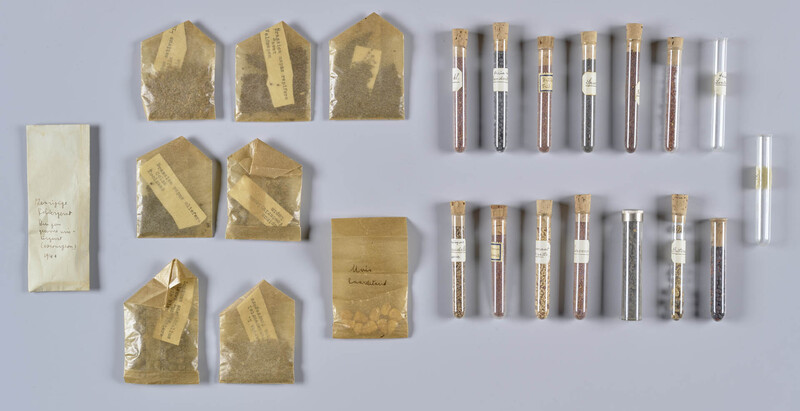Unveiling the Environmental Heritage of University Museums
Collecting Biodiversity





Since the sixteenth century, university museums have played a crucial role in the discovery of biodiversity, by collecting plants and animals coming from different ages and settings. This was the origin of botanic gardens and herbaria as well as zoological, and paleontological collections, all of which today are an important part of the university heritage. The variety of items displayed on this webpage encourages us to reflect on the preservation of various ecosystems and the effects of human activity on these habitats. These objects are evidence of the advancement of technology that has enabled the collection of specimens of various plant and animal species for use in a a wide variety of academic disciplines, from biblical exegesis to ecological, evolutionary, and anatomical research. Examples of these technologies include the use of taxidermy, greenhouses, wax-modelling and, more recently, 3D-modelling. Some university collections also testify to the efforts aimed at creating new plant (or animal) varieties. This, for example, is the case with seeds collected by Amaat Dumon (1895-1878), whose research contributed to the foundation of genetic engineering.



